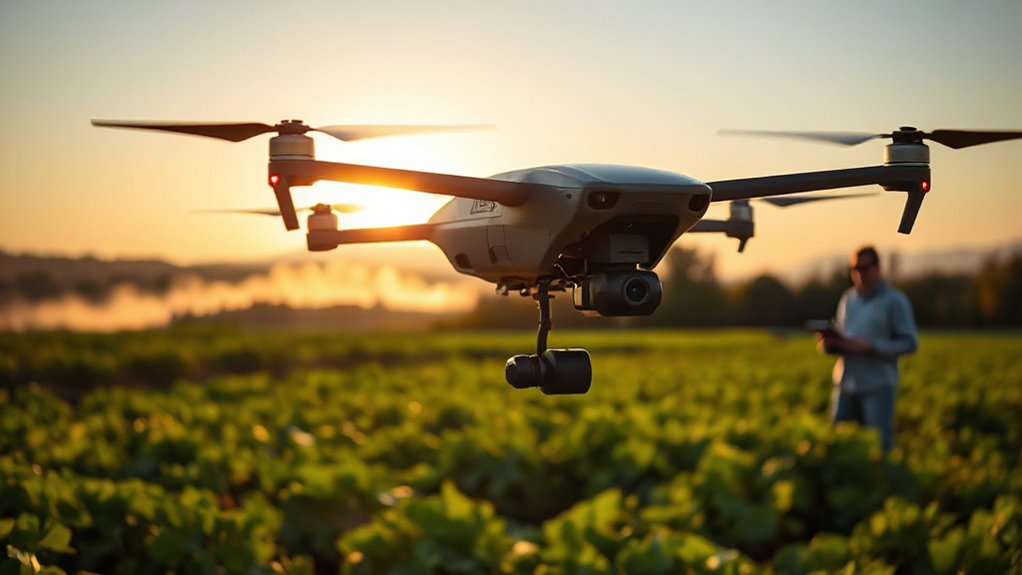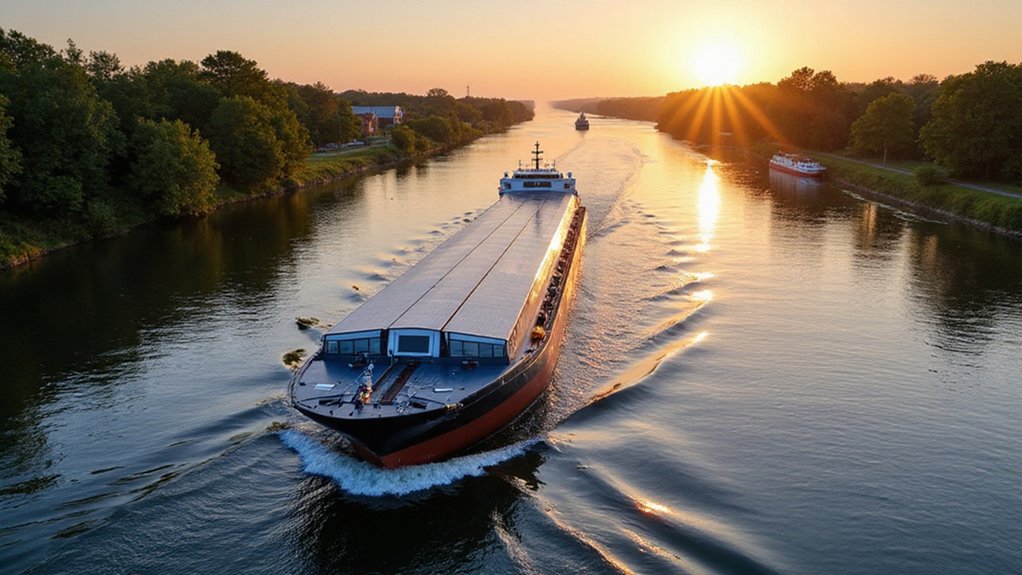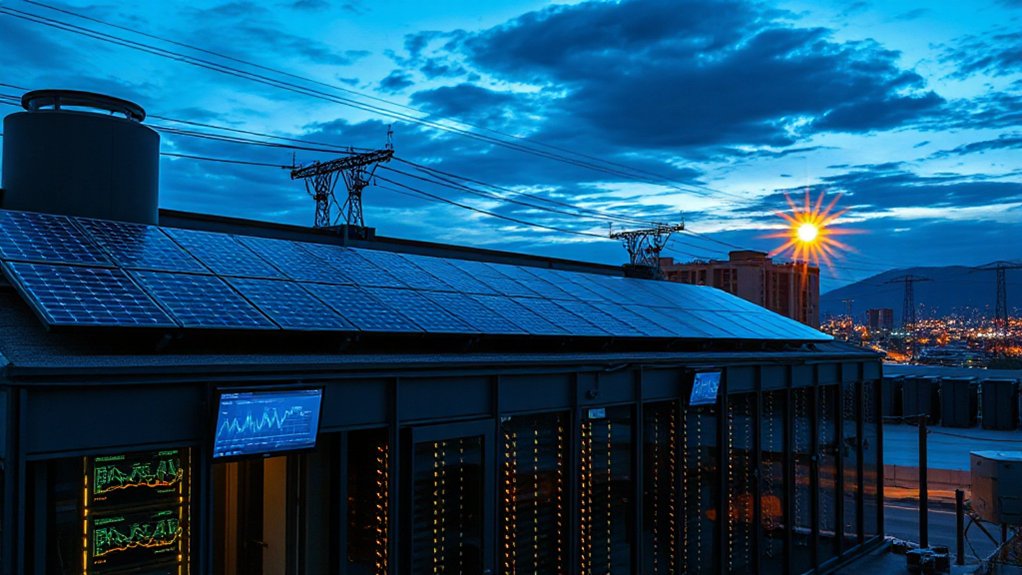The global fuel cell UAV market is set for a massive growth spurt. From a humble $1.6 billion in 2022, experts project it’ll balloon to a whopping $5.4-$5.7 billion by 2032. That’s a 340% increase. No small change. The growth trajectory clocks in at about 14% annually, driven by industries hungry for drones that stay airborne longer without spewing carbon into our already-choked atmosphere.
North America currently dominates the market. No surprise there. They’ve always had a thing for shiny new tech. But Asia-Pacific is the region to watch, with a projected growth rate exceeding 16%. They’re not messing around. Industrial expansion, security needs, and good old-fashioned surveillance requirements are pushing adoption rates through the roof in countries like China, Japan, and South Korea.
While North America leads the fuel cell UAV game, Asia-Pacific isn’t just catching up—it’s sprinting ahead at 16% growth annually.
These aren’t your kid’s birthday present drones, folks. Fuel cell UAVs use electrochemical conversion—no combustion, no noise, no nonsense. They outperform battery-powered alternatives by miles, literally, offering extended flight times that make conventional drones look like they’re running on AA batteries from the dollar store. The hydrogen fuel cell segment holds the largest market share at 59.38% dominance due to its reliability and eco-friendly operation.
Military and defense sectors are, predictably, all over this technology. When isn’t the military first in line for cool toys? But civil applications are catching up fast. Construction companies use them to monitor sites, logistics firms are testing delivery options, and environmental agencies deploy them for monitoring. The versatility is ridiculous.
It’s not all smooth sailing, though. The pandemic threw a wrench in production schedules. And hydrogen infrastructure? Still playing catch-up. The upfront costs remain steep—a tough pill for smaller operations to swallow. Much like battery storage technology, which added a record 18.2 GW of capacity in 2025, fuel cell technology continues to evolve beyond traditional models.
Smart tech integration is opening new doors. Agriculture, mining, construction—they’re all getting in on the action. Environmental regulations are also forcing the industry’s hand. Traditional fossil fuel drones are becoming as popular as smoking indoors. The rotary wing design continues to lead the market with its versatile flight capabilities ideal for diverse operational environments. The future’s looking decidedly greener and higher-flying for fuel cell UAVs. Bet on it.
References
- https://www.thebrainyinsights.com/report/fuel-cell-uav-market-13421
- https://www.alliedmarketresearch.com/press-release/fuel-cell-uav-market.html
- https://0e190a550a8c4c8c4b93-fcd009c875a5577fd4fe2f5b7e3bf4eb.ssl.cf2.rackcdn.com/EINPresswire-697024426-fuel-cell-uav-market-is-booming-worldwide-at-a-significant-growth-by-2032-1.pdf
- https://www.futuremarketinsights.com/reports/fuel-cell-uav-market
- https://www.prnewswire.com/news-releases/fuel-cell-uav-market-to-reach-5-38-billion-globally-by-2032-at-13-4-cagr-allied-market-research-302081516.html
- https://www.maximizemarketresearch.com/market-report/fuel-cell-uav-market/189287/
- https://www.fortunebusinessinsights.com/drone-uav-fuel-cell-market-105536
- http://www.stratviewresearch.com/4138/fuel-cells-in-aerospace-and-defense-market.html
- https://www.researchandmarkets.com/reports/6116662/fuel-cell-uav-market-global-forecast








